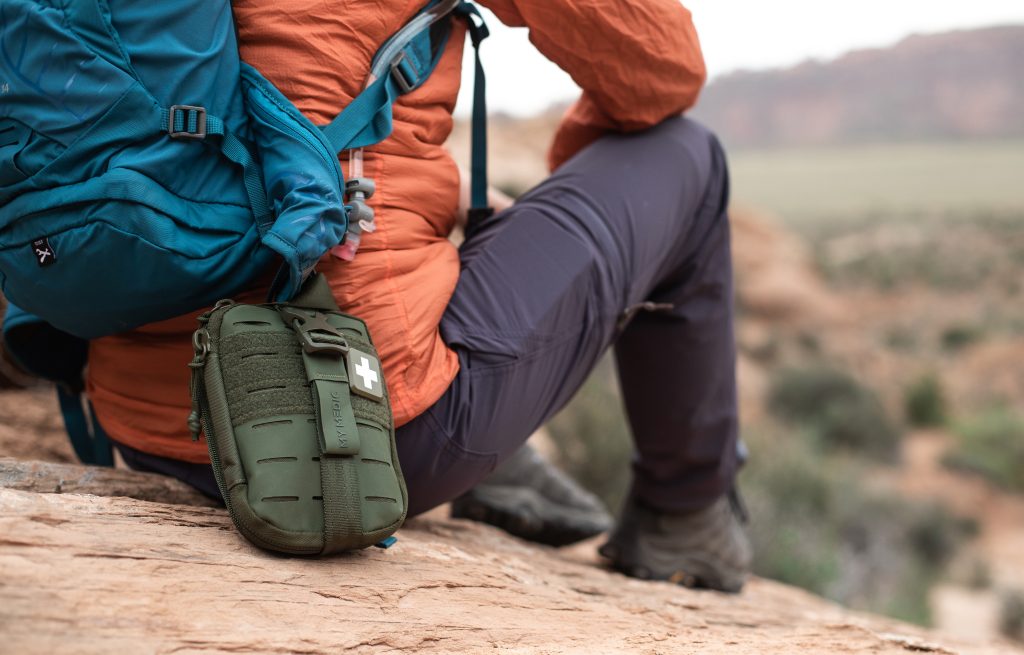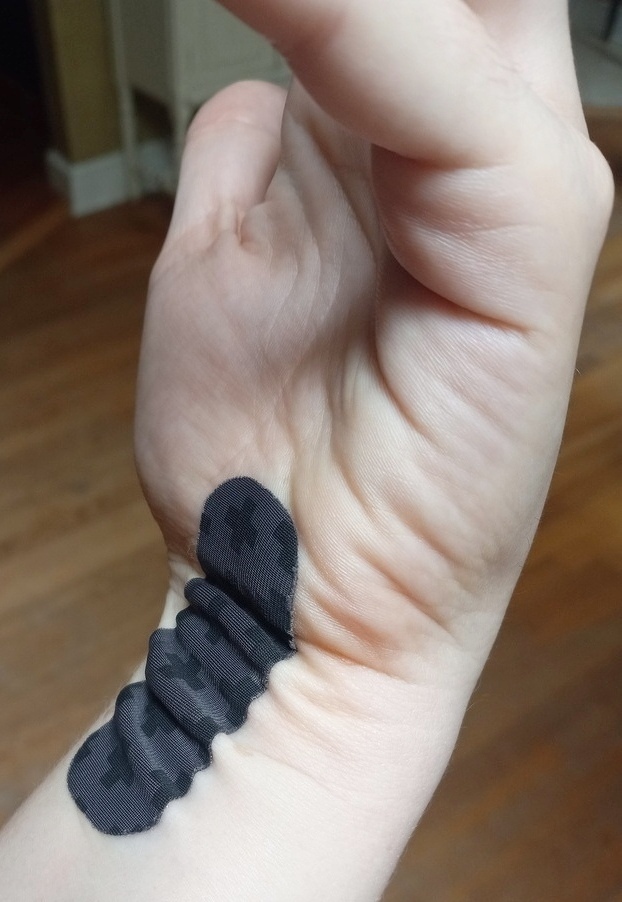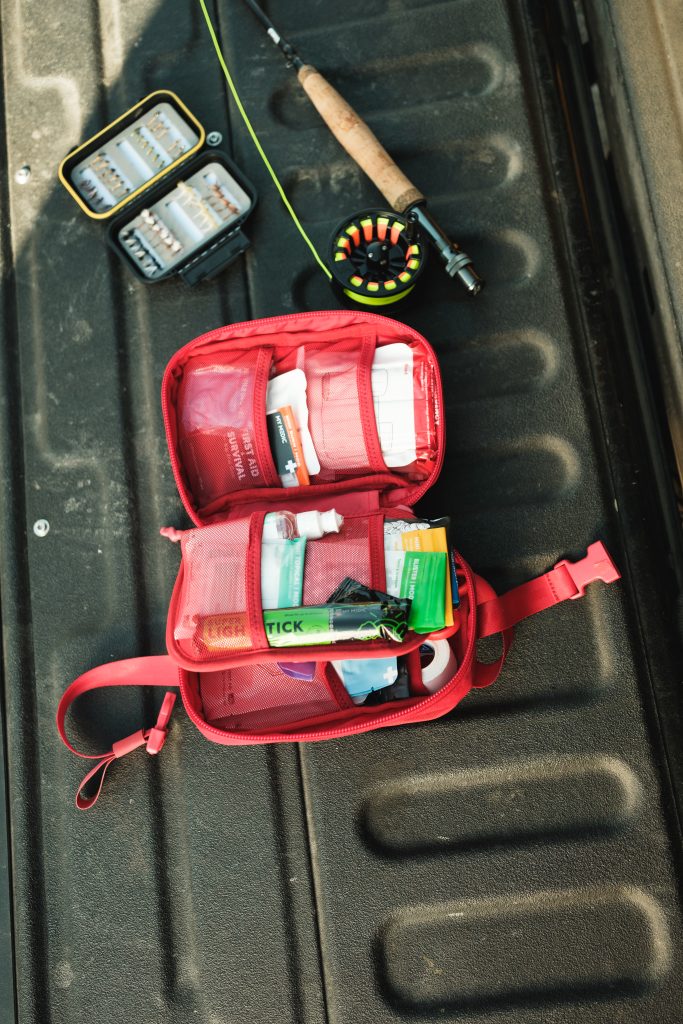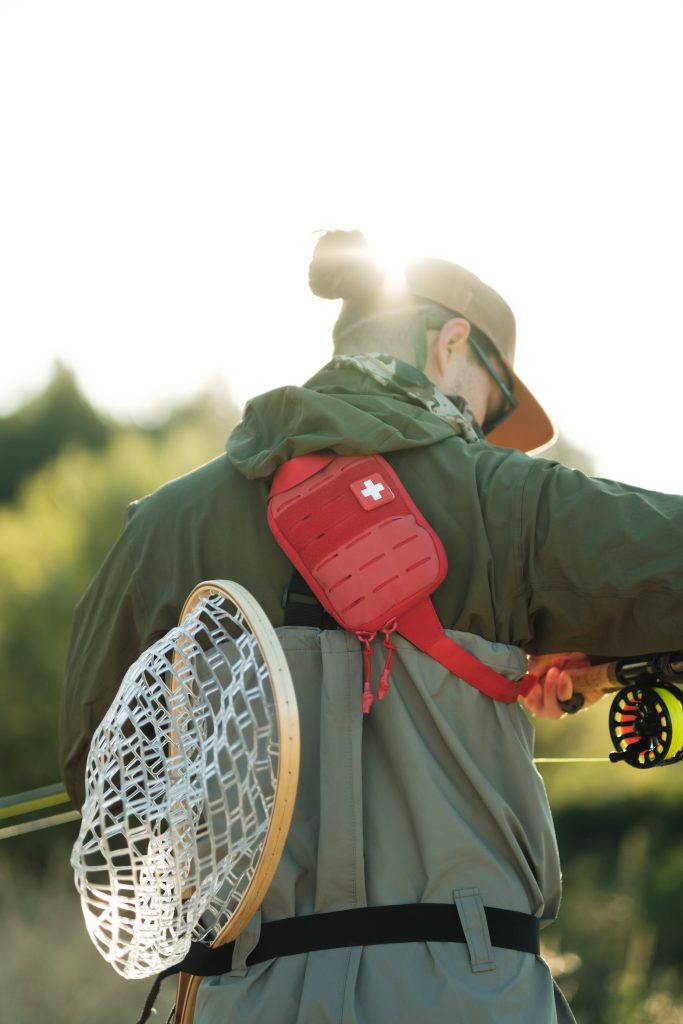SDN has moved!
Subscribe to our new @SurvivalDispatchNews Youtube channel
The Indispensable First Aid Kit
One of the primary resources that a survivalist will have prepared is a first aid kit. This is for good reason. Not only is an injury one of the most immediate threats to survival, but even minor injuries can slow you down at critical times. Imagine getting a blister while trying to walk 20+ miles home with all the highways blocked, or trying to think clearly and steer your family to safety after a natural disaster with a headache. Anything that improves your effectiveness helps.
Different situations, however, will require different first aid kits. For a hike in the woods or a get home bag, a small kit will be necessary that won’t necessarily have to make any big fixes, but simply get you to somewhere with more supplies. A kit for your home or a bugout bag would have to be more capable of longer term fixes, more (and less likely) scenarios, and hold supplies for more people.
In that vein, we are reviewing today a comprehensive mini individual first aid kit (IFAK) from My Medic called the SidekickPRO.

An IFAK Centered Around Mobility
This IFAK is made for portability, and with that in mind I was impressed to find the thought put into it really gave it the common thread of making sure you stay mobile so you can successfully make it to better care.
Contents
Two factors play into this. The first is treating major wounds, the second is in making you comfortable enough to travel fast and think clearly. The preliminary treatments you will need for major things are covered by such items as a RATS tourniquet, hemostatic powder, and large ziptie-style butterfly closures (which look really useful). Meanwhile, essential items to keep you comfortable are painkillers and other over-the-counter meds, anti-chafing cream, blister prevention, lip balm, oral pain relief, sunscreen, etc.
As long as we are talking about contents, every kit is going to have different things they decide to include and things they would have to leave out, so you’re going to want to customize any kit you get for yourself and for the situation you are going into, if you get the chance. And they do make it easy to customize their kits with individual refills on their website for every first aid kit they sell. The advantage in a kit you don’t have to customize is that from the moment it ships to you you can grab it without a second thought. And for the most part, that describes the Sidekick. I thought almost everything was in there—save for two important things: some kind of tape or wrap to keep gauze in place and instructions for the tourniquet.
First Aid Instructions
I’m going to take a moment to cover the importance of instructions: THEY ARE A MUST-HAVE. Even if you are well-trained in every item in your IFAK, and you probably should be, one, you don’t want to have to deal with “should have” in a survival scenario, two, you may be under enough stress that instructions are helpful to remind you, and three, if you are out of commission, someone who isn’t trained may have to use your supplies to help you. I cannot stress enough the importance of having well-written instructions on everything so even a child can use it.
That said, the kit comes with a QR code to a downloadable comprehensive first aid guide and wilderness survival tips. This, of course, is something you would need to have downloaded while in service and have a charged phone to access. I think having a physical, abridged copy included would be useful, but I suppose you could always print out the pages you would like to have. Most of the items do actually have short instructions on the back, but a few are missing them. (Each item also has a QR code to a YouTube video about said item, but they don’t give first aid advice so much as explain what is in the pack.)
Mobility
Continuing with the portability theme, the IFAK pouch has a cross-body strap that can be packed away in favor of using the MOLLE system or just carrying it by the loop on top, which gives you some good options. All these components I found easy to operate. Also, being the small, portable kit, it is pretty much one-person, one-use. It has nearly everything you would need, so it has little of everything. I’ll speak more on refills below.
Another thing about first aid kits is that it is a plus when they are grab-and-go. Think natural disaster. You won’t have time to grab various supplies that you probably should have been packing if you were on a camping trip, like sunscreen or lip balm or blankets. The Sidekick definitely gets points for this.
Quality of Materials
Moving on from the bag’s portable design, next is durability and quality of materials. My Medic has impressed me in this regard. The bag itself seems quite durable and well-made, with a large zipper and seatbelt-material straps.
Besides the bag itself is the quality of the medical supplies. Everything looked just fine. What I tested was the bandaid. I’ve been a bit of a bandaid snob in the past, and I think the humble bandaid would be a good thing to judge by. If they pay attention to that, they are good in my books.

It did not disappoint. The bandaids are very stretchy indeed, and quite thin, made of a woven fabric, not plastic. I tested them on the inside of the wrist where it would get a lot of movement and hand washing.
The adhesive stood up to plenty of wrinkling, stayed on for five days, and even survived hours of wheel-throwing pottery, which shoved a lot of wet clay at it. It only pulled up the corner a bit, and when that was trimmed, the rest of the bandage stayed on for several more days. Although this is probably not how you should treat a wound, it may still be helpful to know that even when it got soaked, it dried out again quickly and the adhesive wasn’t bothered.
Lastly, every pack is waterproof and resealable when it isn’t for one-time use, so even though the kit isn’t considered fully waterproof, you won’t be in trouble if it gets submerged crossing a river or gets left in the rain. That is something I definitely appreciate.
Price and Country of Origin
The quality was everything I would ask for, so it surprised me to know that most My Medic supplies are made in China (In the kit I got, the tourniquet and the hemostatic powder were made in the U.S., and water purification tablets in Ireland). They do source certain supplies from other countries as well. This is probably the biggest detractor for me. While I would love for it to be made in the U.S., instead, this is surely what leads to the reasonable price.
I did some looking around and found that very few first aid kits (and indeed very few medical supplies all around) aren’t made in China. Most get their supplies from China and are assembled and packaged in the U.S., while the few that are made in the U.S. are considerably more expensive.
If you’ve got a budget to keep, just know that quality was not sacrificed when outsourcing to China. This is one of the best IFAKs you can get from a preparedness standpoint for this price.
Design and Organization

This is another one of their kits, but you can see the med packs inside that they all have in common.
Color-Coded “Med Packs”
Now I’ve been saving the best for last. The one thing My Medic has above and beyond other companies is the design. If you take a look at their website, you’ll see they have a system in which supplies required for a similar kind of injury are packed together in plastic packages that are color-coded for different types of injuries. Anything red is for bleeding, orange for burns, yellow for medication, blue for hydration, etc.
I found this to be a very good system for many reasons. First, it is intuitive and makes it faster to find the supplies you need—moreso than other first aid kits which just label the pockets that things get put into. The graphic design is simple and the colors are easy to see, on both the themed packs and the individual items, while most other companies’ kits have completely disoriented me with the profusion of words and differently colored and designed labeling from different brands. The visual design in this respect goes a long way toward ease of use in an emergency.
Another advantage is that each of these packages (“med packs”) is its own contained thing. They can be separated from the other packs since they are held in the kit with netting pockets instead of each themed pack being a pocket, in which case you would have to pull out individual items. It gives it a modular quality that could potentially be quite useful, especially in keeping things organized and not spilling your kit contents in the effort of using them.
Refills
Any first aid kit would need refilled, especially with the size of a small travel kit like this, but My Medic makes it pretty easy. You can replace any of the med packs (mods) and many of the individual items, and it would be quite easy to get your bag back to full capacity before you need it again. In order to benefit from their system, you have to buy supplies refills from them instead of shopping around, but the prices are not unusual and the quality is good, so it definitely makes it easy. You do have some wiggle room to refill the resealable mods with your own stuff too.
In order to truly be prepared, and especially with a kit that needs refilled after one use, I would recommend buying several refills of things you anticipate using when they have a sale, which seems to be fairly often.
Size
A last note I didn’t want to forget is my pleasure at finding that space is used so efficiently and the bag is totally re-packable. No air space, no effort to get the zipper closed, and that was even after breaking into everything.
We all know that it is a law of physics that nothing can be packaged by hand as tightly as the manufacturer (unless you are a skydiver, perhaps), so I was pleased. Technically, they do advertise that there is extra space in the bag to add your own stuff, but in my opinion that just means that it is re-packable. If you wanted to add your own stuff, you would have to probably get selective about what you want to keep in there or take out.
Gear Review: Scoring
A few more criteria and the scores:
Shipping time 9/10
Order sent out in one day and shipped in four. Utah to Ohio.
Packaging 10/10
Simple cardboard, but there was nothing fragile about the kit, so it worked fine.
Website description accuracy 9/10
Undersold how water resistant it was in my opinion, but didn’t get the dimensions correct, as if they didn’t measure it when it was stuffed full. It is 6.5”x4.5”x3.5”, not 7.5”x5.5”x1”. Otherwise, no problem.
Product appearance/aesthetics 10/10
Easy to distinguish as a first aid kit with the simple, visible cross symbol, and comes in many colors to match your setting or preference. I also just liked how the whole thing looked generally, inside and out.
Easy to understand instructions 8/10
Well-laid out, most physical instructions included, and a digital booklet, but I would appreciate a printed booklet and a few critical instructions were missing on the back of packaging.
Ease of use 12/10 (can I do that?)
This is the best thing about this kit in my mind—it is very easy to navigate under stress—and ease of use matters even more for FAKs than other things.
Warranty coverage 10/10
Lifetime warranty of manufacturer defects.
Overall quality/value 10/10
I found nothing lacking and everything seemed to match my standards. The value was great with a very reasonable price for the contents.
Product support 9/10
Comprehensive order tracking, 30 day return or exchange if everything is untouched but you have to pay shipping back, optional shipping guarantee to purchase for international shipping, a nice FAQ and automated helpdesk. I contacted with a dumb question at the end of the day via their support email and a chat on their website. The chatbot format was confusing – it basically sends an email for you – but the reply to my inbox was quick and courteous.
Point of Origin 3/10
Largely made in China, though it was assembled in U.S. and a few critical trauma supplies were sourced from the U.S. Exact sourcing of each item probably varies.
Overall score 9/10
Overall, this IFAK is definitely something that I would purchase and use for myself. It is a well thought-out system that is nicely packed, easy to use and a good price, and for my situation, the pros outweigh the cons.
Conclusion
First aid kits are one of the most important things you can have to be prepared for everything from Life Altering Events to tripping on the sidewalk. They are always necessary, so it is important to make sure you have one wherever you are.
Especially for taking a small kit with you where you won’t be a short walk from higher medical care, the SidekickPRO seems like a good choice.
=====
Become a Survival Dispatch Insider …
We bring together survival enthusiasts and preppers to share skills and knowledge, so you can enhance your preparedness for emergencies and ensure the safety of you and your community.
The Results You’ll Get …
Our community, courses, and memberships are pretty special. We focus on the ways it will make a huge difference in your life.
Here are a few of the things you’ll be able to do as a member of Survival Dispatch Insider …
1) Improve your emergency preparedness by learning survival skills and strategies from experienced preppers.
2) Build lasting connections with like-minded individuals that share your passion for safety and readiness.
3) Access a wealth of knowledge and resources to assist in protecting you and your community during unexpected situations.
Click HERE to get started.
=====

